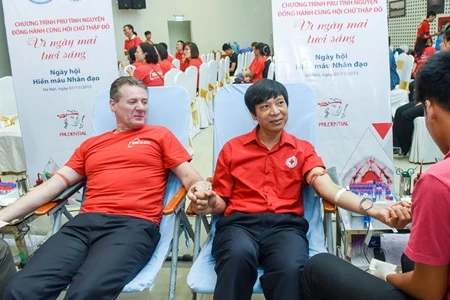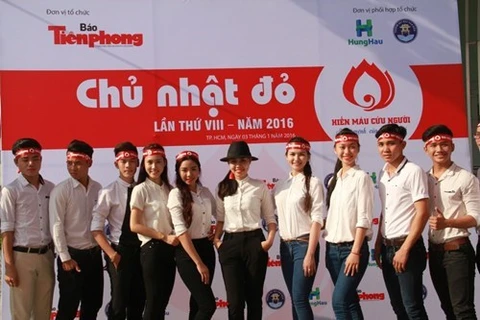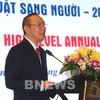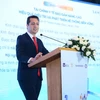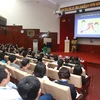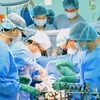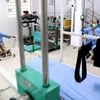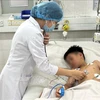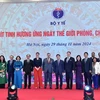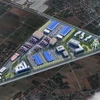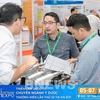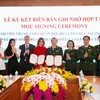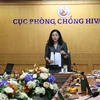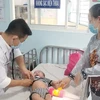Hanoi (VNA) – Vietnam collected 1.15 million units of blood in 2015, surpassing the year’s target figure by 17.8 percent and up 9.7 percent from 2014, as heard during a session of the national committee for blood donation that was held on January 21.
The total blood donated last year, of which more than one million units came from volunteers, met 60 percent of overall demand for medical treatment.
Many donation campaigns, such as “Red Sunday” and “Red Journey”, were held on the national scale and gained sound outcomes. Hanoi, Ho Chi Minh, Da Nang and Can Tho cities were among localities with 1.3 percent of their population donating blood.
Reports at the session showed that Vietnam has almost 2,800 blood donation clubs, which gather 100,000 members.
However, blood shortage, particularly blood type A and O, often occurred in summer and prior to the Lunar New Year. The repetition rate of donation was just above 40 percent, compared to the figures for Japan, Singapore, Australia, at between 60 and 70 percent.
In 2016, the committee plans to collect 1.2 million blood units, 98 percent of which will be sourced from volunteers.
At the session, participants also discussed the draft regulations on honouring outstanding contributors to blood donation campaigns.-VNA



